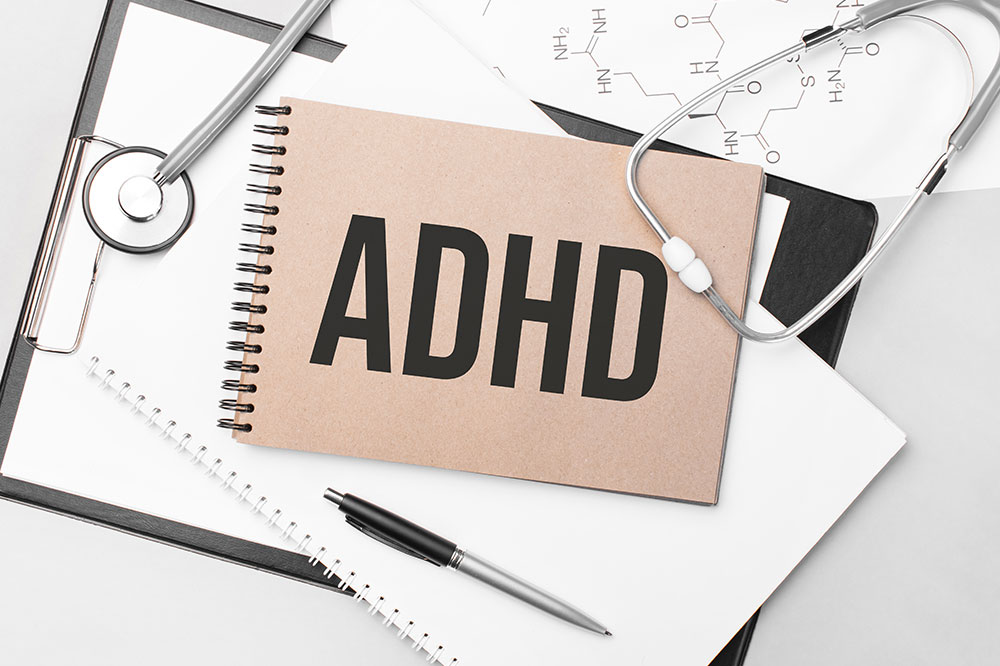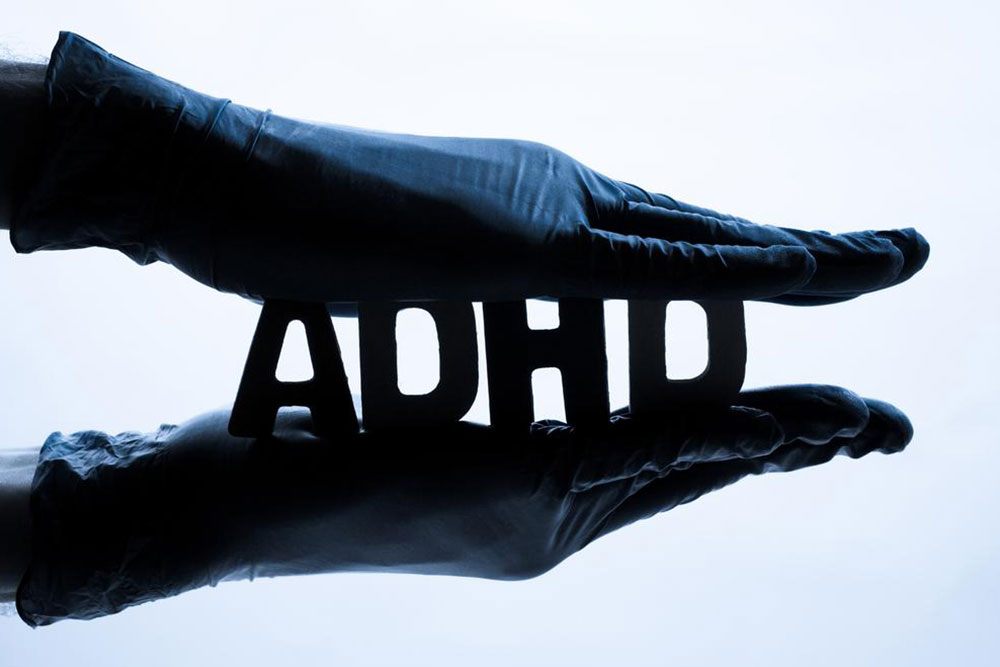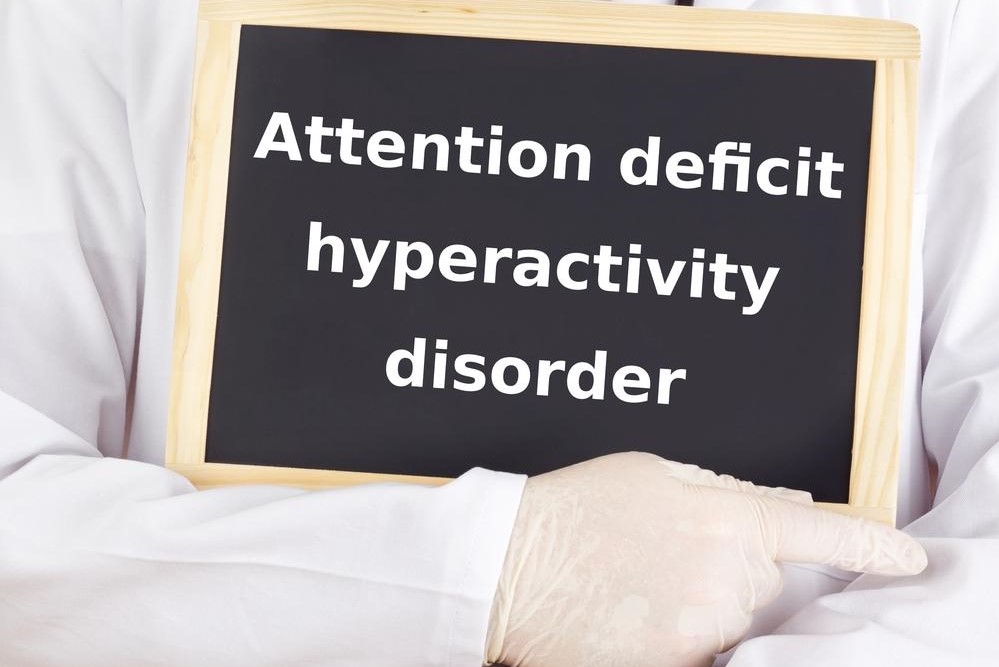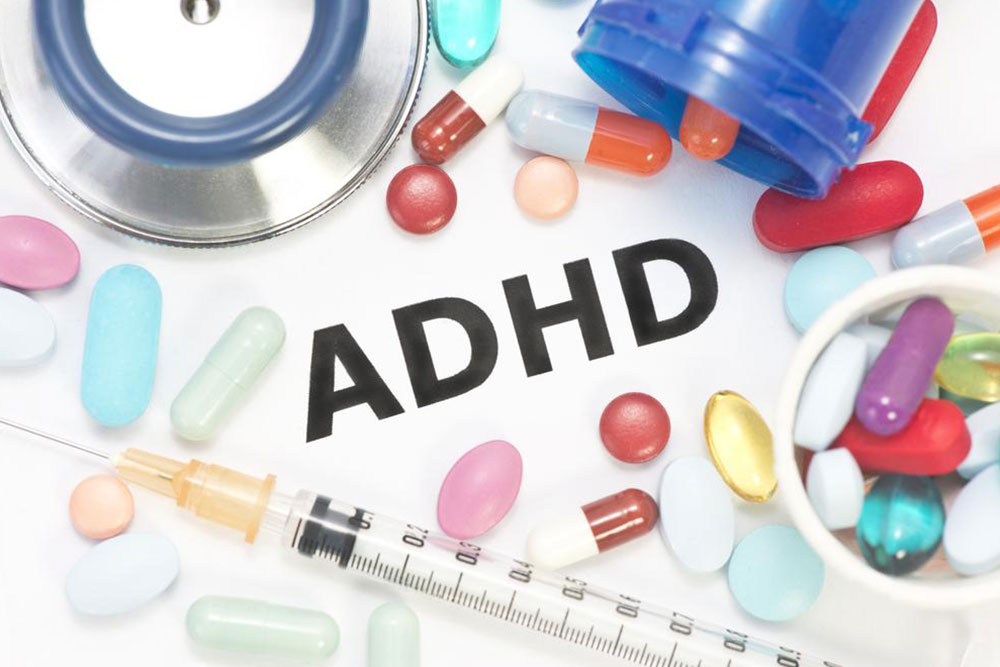Comprehensive Guide to ADHD: Understanding Its Types, Diagnosis, and Prevention Strategies
This comprehensive guide explores ADHD, detailing its different types, diagnostic criteria, and effective prevention strategies. It emphasizes early intervention, lifestyle modifications, and the importance of tailored treatment approaches to help manage symptoms and improve quality of life for those affected by ADHD. Learn about the key features of inattentive, hyperactive-impulsive, and combined types, alongside practical tips for parents, teachers, and caregivers to support individuals with ADHD throughout their lifespan.

In-Depth Exploration of ADHD: Types, Diagnostic Procedures, and Prevention Tactics
Attention-deficit/hyperactivity disorder (ADHD) is a neurodevelopmental condition that affects millions of children worldwide and often persists into adulthood. Its hallmark features include pronounced difficulty in maintaining focus, impulsivity, and heightened levels of activity. These core symptoms can lead to a range of secondary challenges, such as diminished self-esteem, struggles within academic environments, and difficulties in forming and maintaining healthy interpersonal relationships. While many individuals see a reduction in symptoms as they age, a considerable number continue to experience signs of ADHD throughout their lives, impacting various aspects of daily functioning.
Understanding the Severity Levels of ADHD
ADHD is broadly categorized into three primary subtypes, each presenting unique behavioral patterns and requiring tailored management approaches:
Predominantly Inattentive Type
Individuals with this subtype often appear forgetful, easily distracted, and struggle with processing new information promptly. They may find it challenging to stay attentive during conversations or while completing tasks, frequently losing track of personal belongings. This form is more commonly diagnosed in girls, partly because its symptoms can be less disruptive than hyperactive behaviors.
Hyperactive-Impulsive Type
Characterized by persistent restlessness, an inability to remain seated, excessive talking, and impulsive decision-making. These behaviors are often noticeable in classroom settings or social interactions, where individuals might interrupt others, act without thinking, or engage in risky behaviors.
Combined Type
This subtype exhibits a mixture of inattentiveness and hyperactivity-impulsiveness, leading to significant challenges across academic, social, and personal domains. Children and adolescents with this profile often face the most complex treatment needs due to the breadth of symptoms.
Diagnosing ADHD necessitates the presence of at least six symptoms from either the inattentive or hyperactive-impulsive categories, or both, lasting for a minimum of six months. These symptoms must surface before the age of 12 and be evident in at least two environments—usually at home and school. Additionally, the symptoms must substantially impair daily functioning and cannot be better explained by other mental health or medical conditions.
Preventive Measures for ADHD
Though ADHD is a neurodevelopmental disorder with no definitive prevention method, certain lifestyle strategies can help mitigate its impact. Early intervention and consistent behavioral management can make a significant difference. Preventative measures include providing a balanced and nutritious breakfast each morning to support cognitive function, encouraging outdoor physical activity to help manage hyperactivity, establishing a quiet, organized environment for homework and study, and fostering open communication channels between parents, educators, and healthcare providers to monitor behavioral and developmental changes. While no cure exists for ADHD, regular behavioral therapy, educational support, and, when necessary, medication can help children and adults effectively manage symptoms and lead successful lives.





